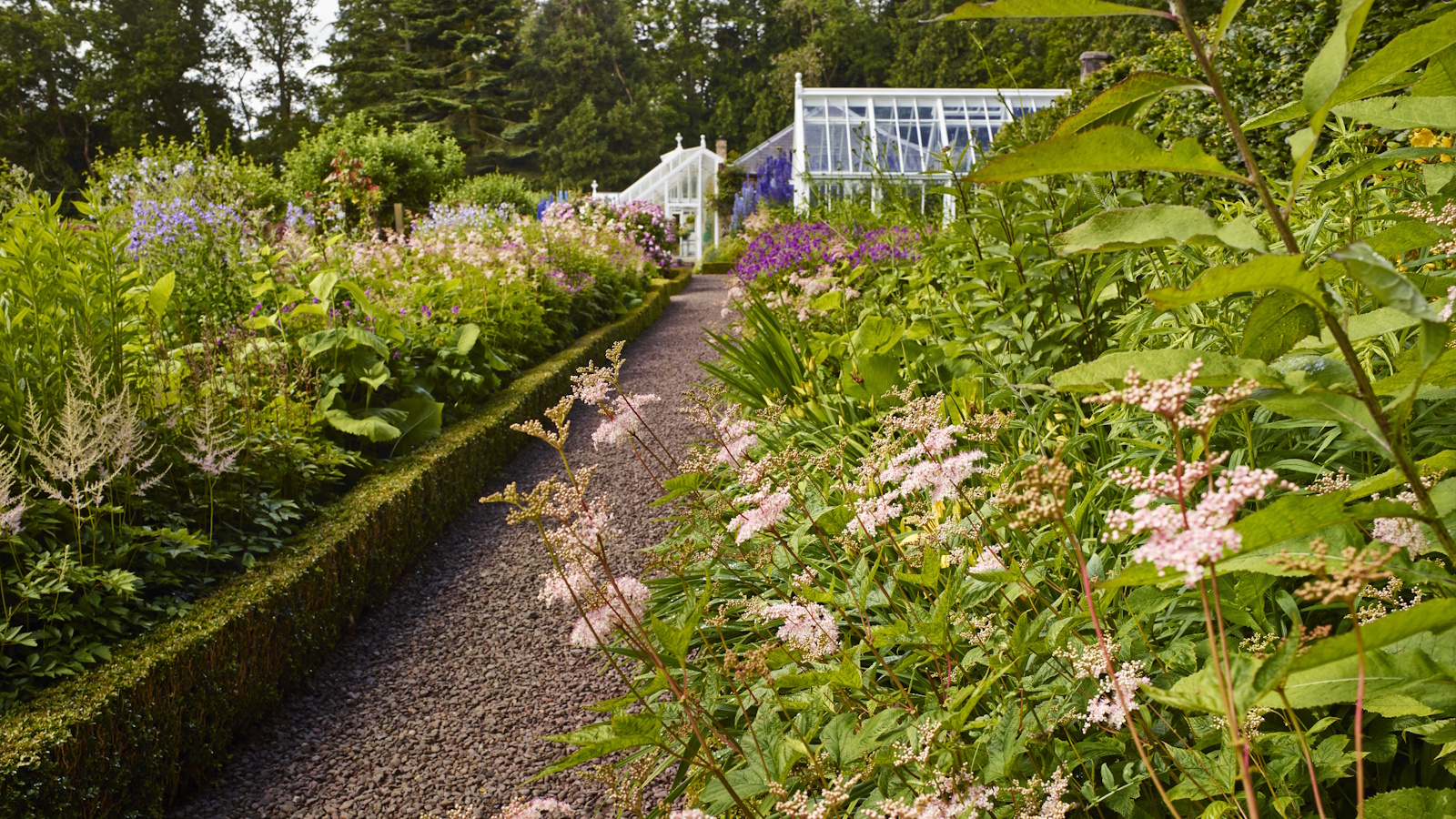
Over my time working as a gardener, I’ve planted many different Viburnum species. From the evergreen Viburnum tinus to the pink-flowering Viburnum davidii, both of which have unrivalled scent, these are spectacular shrubs that can provide that height and structure in borders.
With over 150 species and countless cultivars, you are sure to find a species to suit your tastes and needs. And, while they look good as statement shrubs in isolation, I actually think viburnums do best when surrounded by companion plants that add contrast in colour and texture.
So, maybe you already have an established shrub or you might be planning to plant one this year, but choosing one, two or more of the best viburnum companion plants will really help tie your space together. From red-twig stems to vibrant flowering shrubs, these are five plants I’d consider pairing with viburnums in my yard.
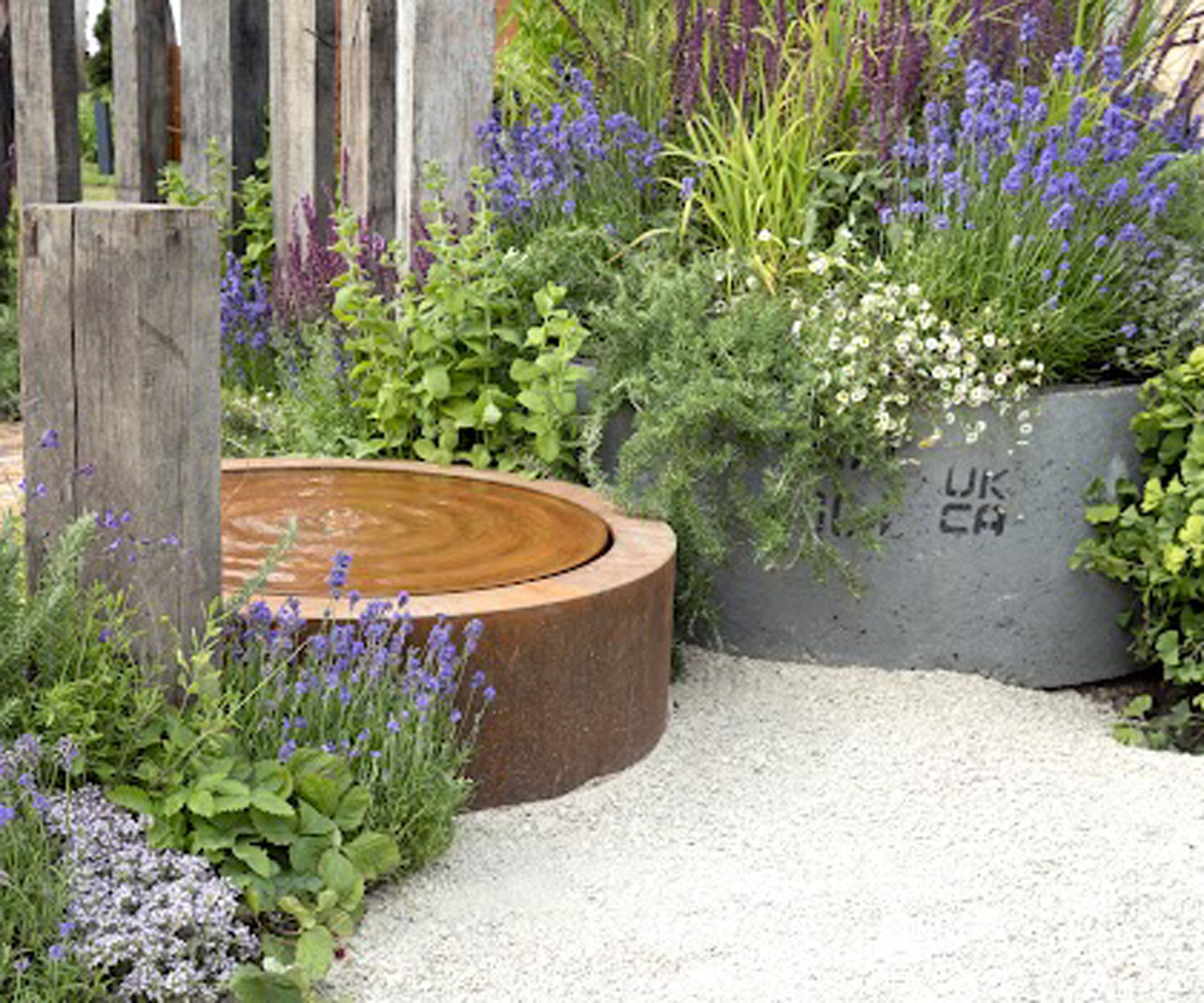
5 of the best viburnum companion plants
If you already know how to grow viburnum, then you won't find it that complicated to grow other shrubs and perennials alongside them.
When choosing viburnum companion plants, the trick is to select species that work for the climate in your region and US hardiness zone.
And, if you have a species that thrives in shade, be sure to grow shade-loving companion plants underneath. Likewise for sunny yards.
Here are five of the best perennials and shrubs to grow alongside your viburnums this year.
1. Weigela
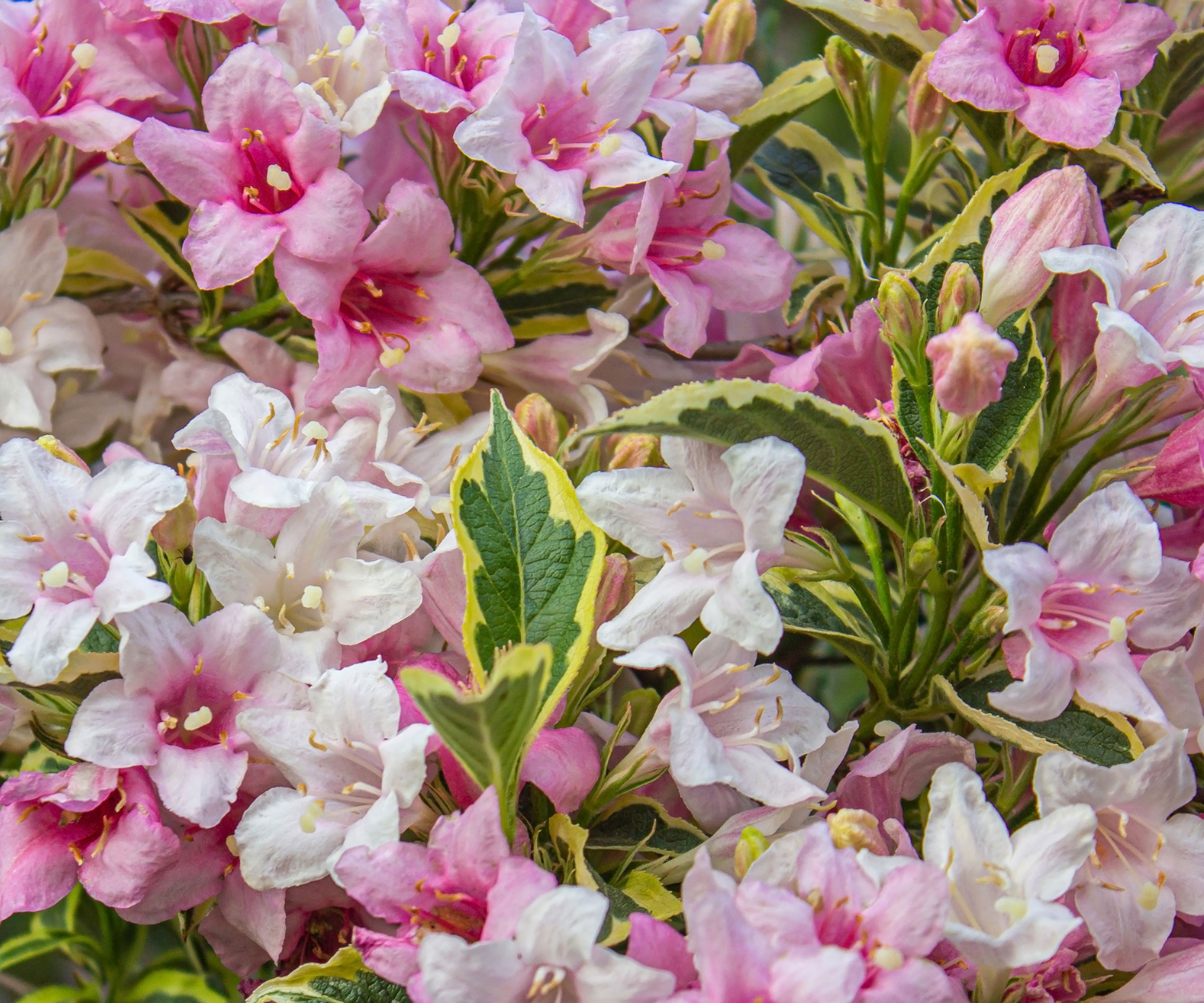
If you want a strong colour contrast to offset viburnum’s deep green leaves, weigela is a solid pick.
'Weigela are some of the best flowering shrubs,' says Tamara Hogan, plant expert and lead horticulturist at Fast Growing Trees.
'If you want a unique option, I recommend this 'Spilled Wine' variety, with live plants available from Fast Growing Trees,' says Tamara.
'With burgundy foliage and fuchsia flowers in spring and summer, this variety provides an excellent contrast to the green viburnums.'
In terms of how to grow weigela, most are hardy down to zone 4, and do best in full sun to part shade, depending on where you live.
'If you reside in a warm location, I would recommend giving them some protection in the afternoon since dark foliage can sometimes go crispy,' Tamara adds. 'They are also tolerant of a range of soils.'
2. Red Twig Dogwood
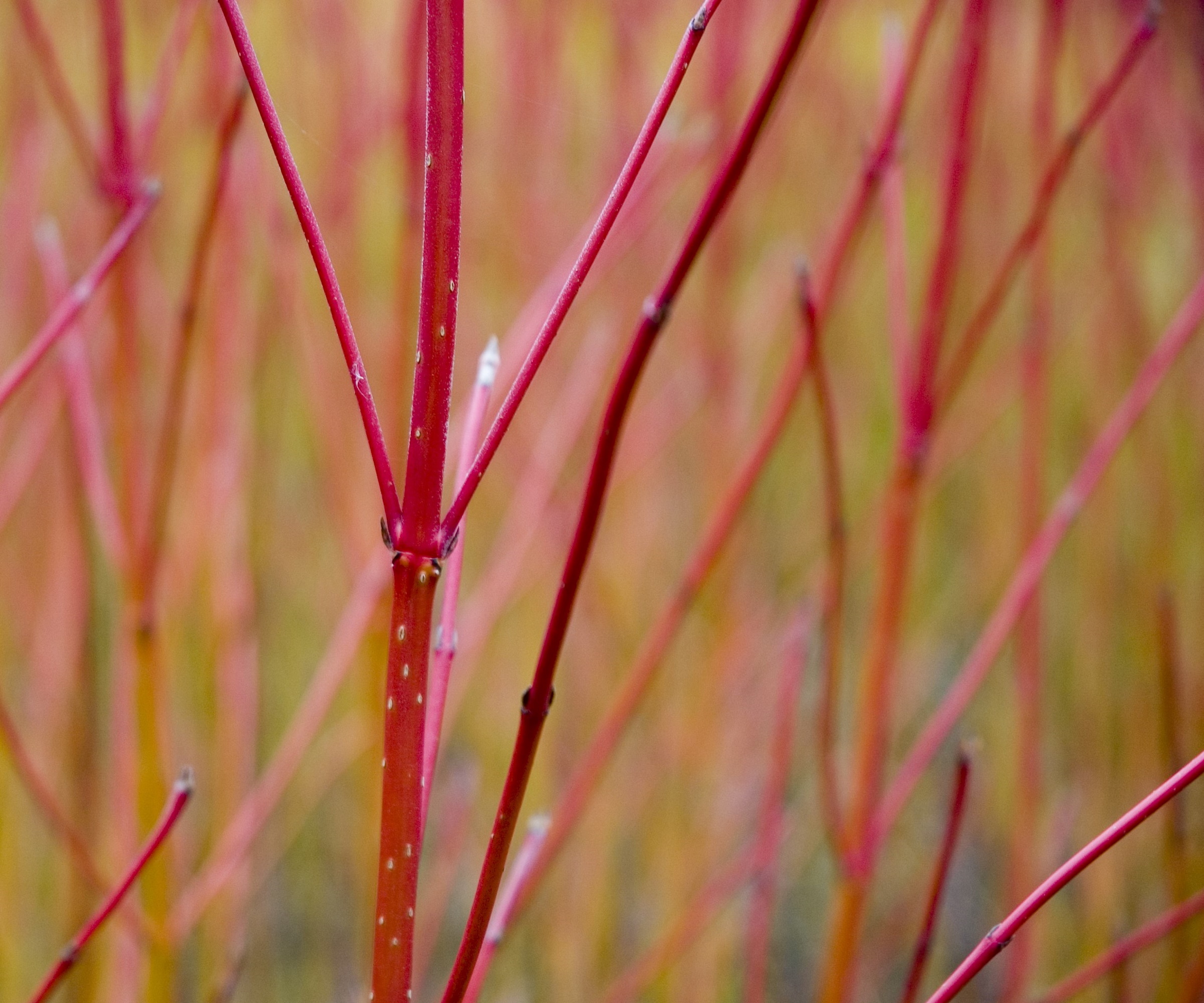
'Red twig dogwood, or Cornus sericea, is one of our best native dogwoods found growing in wooded areas across North America,' Tamara continues.
Live red twig dogwood plants can be ordered now via Fast Growing Trees.
'They are hardy from zone 2 to zone 8, with a preference for full sun to part shade. This is also a great plant for wetter locations to help take up some extra water.
'This plant is a great late-season combination with the viburnum family,' Tamara adds.
'Viburnums tend to have some pretty great fall color, with the American varieties often being used as substitutes for burning bushes.
'And, I think to go from that bright red foliage to the bright red stems of the dogwood is just a wonderful show of color.'
As Tamara says, this is a plant with long-term value. Adding structure, wildlife appeal and seasonal color.
Just be sure to prune red twig dogwood at the right time, usually around late winter, to allow you to enjoy the red stems for the maximum amount of time.
3. Barberry
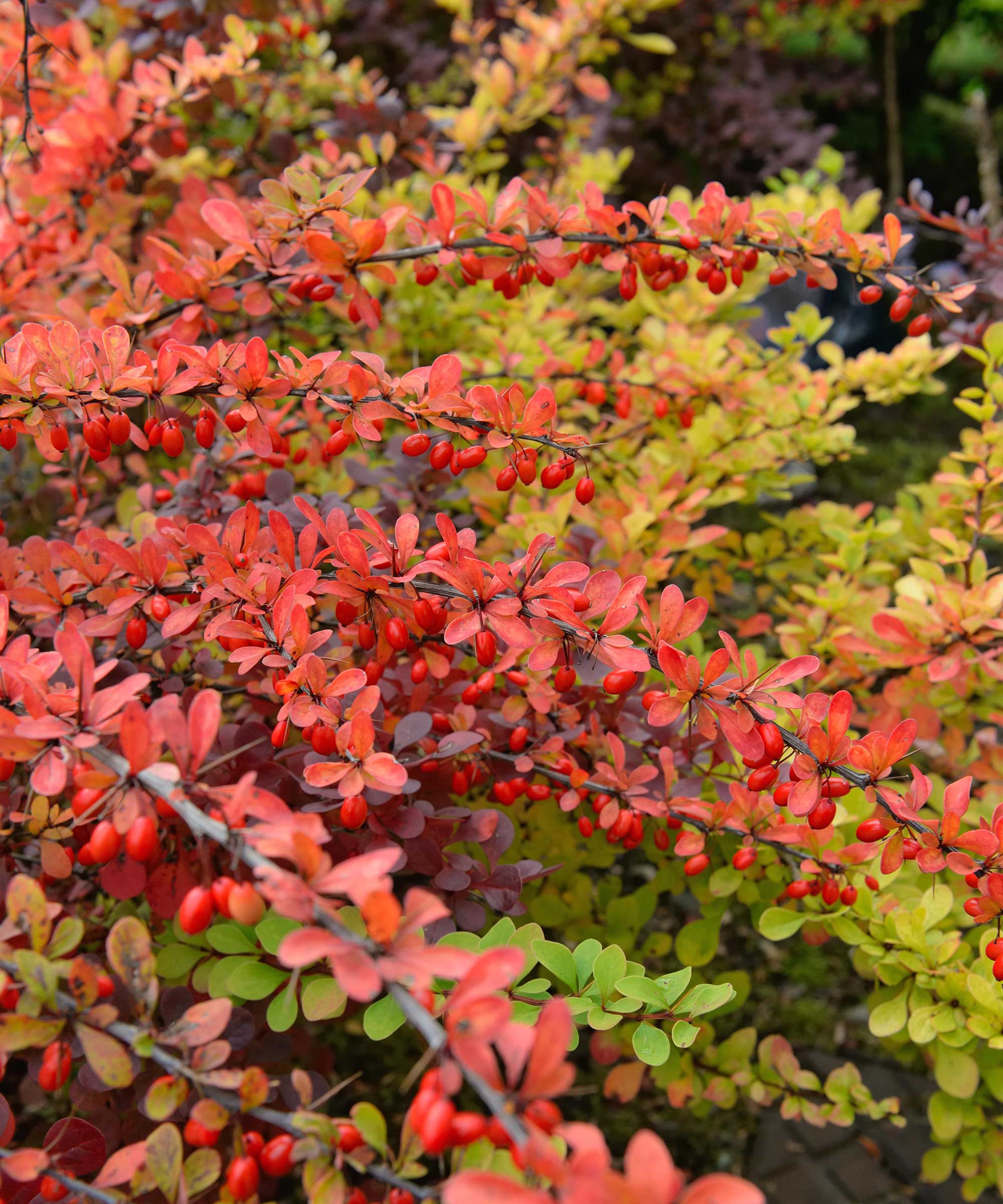
'Another option with burgundy foliage to contrast against your viburnum is Japanese barberry,' Tamara says.
'I love the 'Rose Glow' variety, with live plants available from Fast Growing Trees, which is a variegated option with white and pink leaves.
'Hardy down to zone 4, these are some of the best evergreen shrubs that thrive in sunny yards,' Tamara says.
'They also keep their leaves throughout the year, adding interest when the viburnum has defoliated.
'However, barberries can have a state restriction on them, as these fast-growing shrubs can be invasive plants in certain regions.
'So, it is always best to seek guidance from your local government office before adding them to your plot.'
4. Thuja
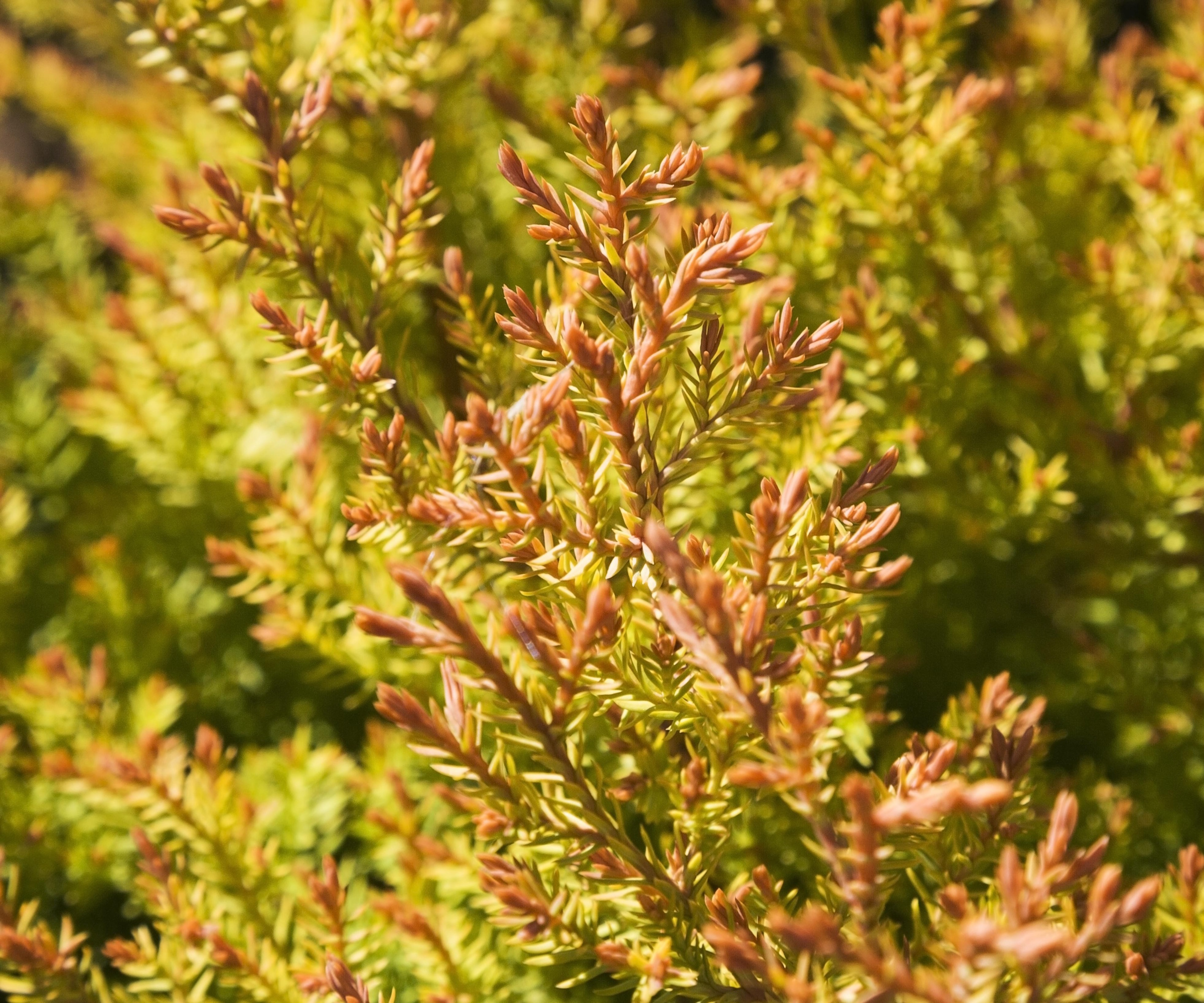
'When growing deciduous viburnums, I like to pair them with evergreens, in either different colors or different textures to elevate my borders,' Tamara says.
'One of my go-to plants is the 'Fire Chief' thuja, or arborvitae, which is a multi-colored conifer that has bright orange tips throughout the growing season.'
Live 'Fire Chief' plants are available to order from Fast Growing Trees.
In general, thuja is one of the easiest evergreen trees and shrubs to grow in borders, and is hardy down to zone 5, tolerating cold winters without any worry.
In fact, it is often considered one of the best evergreen shrubs that thrives on neglect, as it is so low-maintenance.
'They do great in full sun,' Tamara says, 'and can handle a variety of soil conditions.'
Just be sure to provide a deep watering in the first year, to help your plant settle into your yard.
5. Juniper
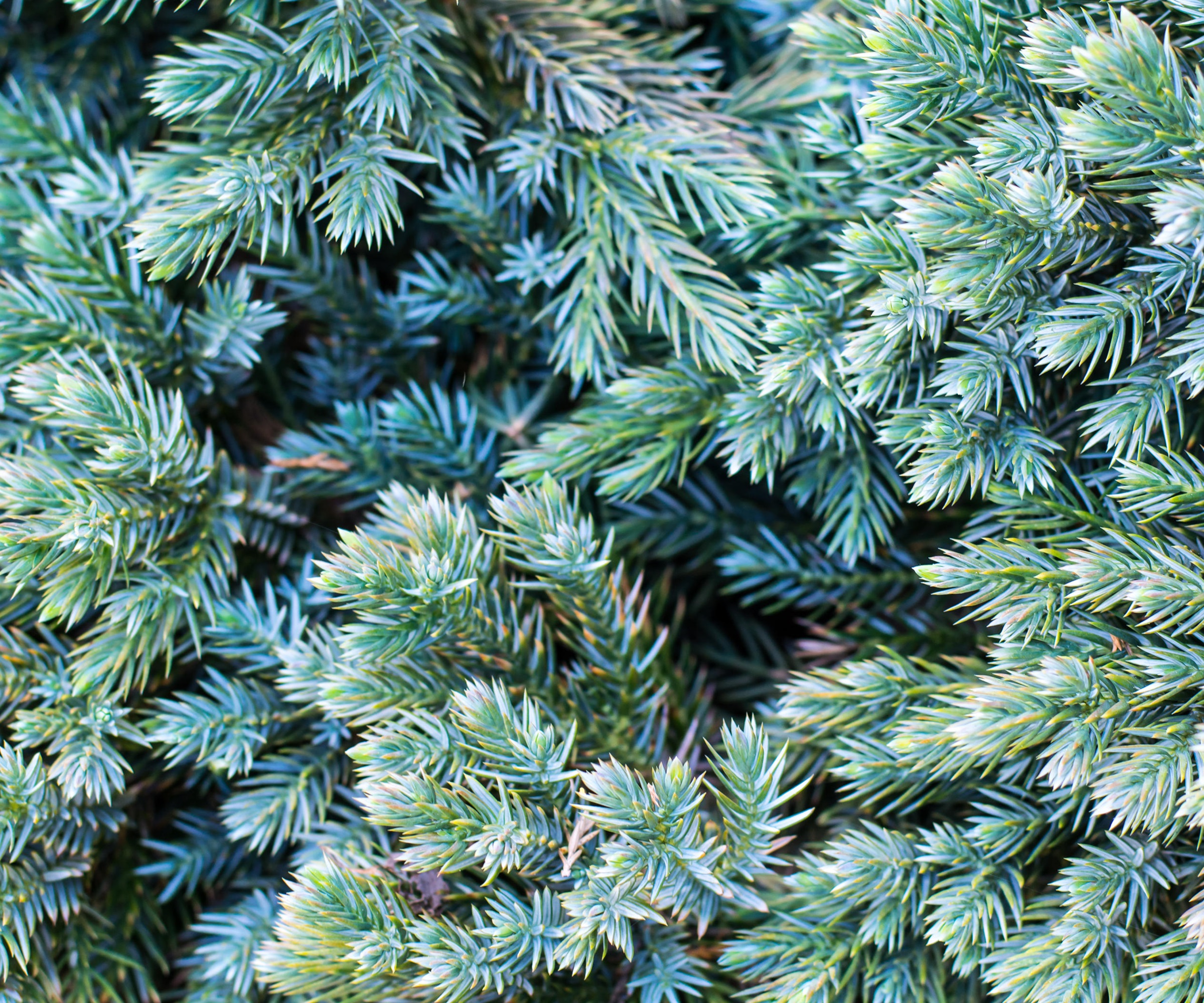
Another good option if you are looking for viburnum companion plants is creeping juniper, or Juniperus horizontalis.
Live juniper plants can be ordered online via Fast Growing Trees.
This native plant is one of the easiest ground cover plants that is found growing across North America.
It is low-growing, often reaching no more than two feet tall, so it is a good option if you want to create a green carpet effect around your larger viburnum shrubs.
Creeping juniper can grow down to zone 4, and is a versatile plant, typically thriving in most locations, growing well in full sun and poor soils.
FAQs
What shade-tolerant perennial works well alongside viburnums?
If your viburnum grows in a dark corner of the yard, it is a good idea to use full-shade perennials. Try growing bunchberry dogwood or foamflowers, both of which are native to North America and thrive in darker situations. Dozens of hosta varieties would also help to illuminate shady spots, such as this 'Blue Angel' hosta, available from Fast Growing Trees.
Whatever viburnum companion plants you opt to grow, it is best to add them to your yard during spring or fall, when the temperature is mild and the soil is slightly damp.
After planting, be sure to water thoroughly and give your borders a good mulching to help retain moisture and prevent weed growth for the year ahead.
Shop garden equipment
If you are planning to add one or more viburnum companion plants to your yard this year, you should invest in this heavy-duty spade, which is a great long-term investment for any gardener.







